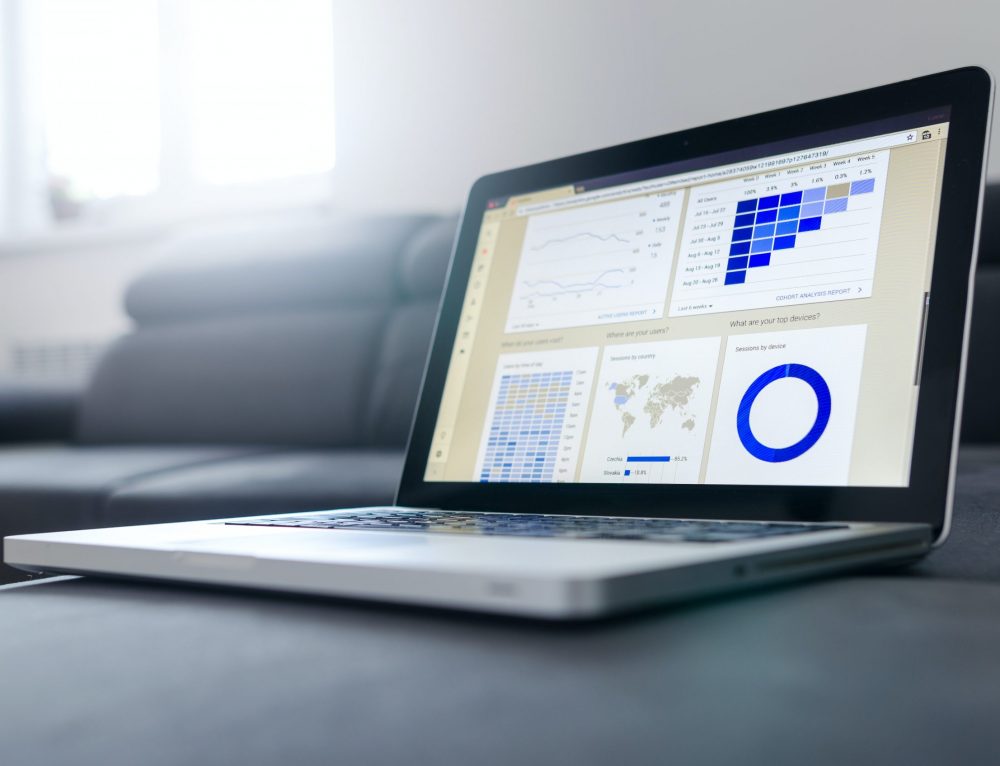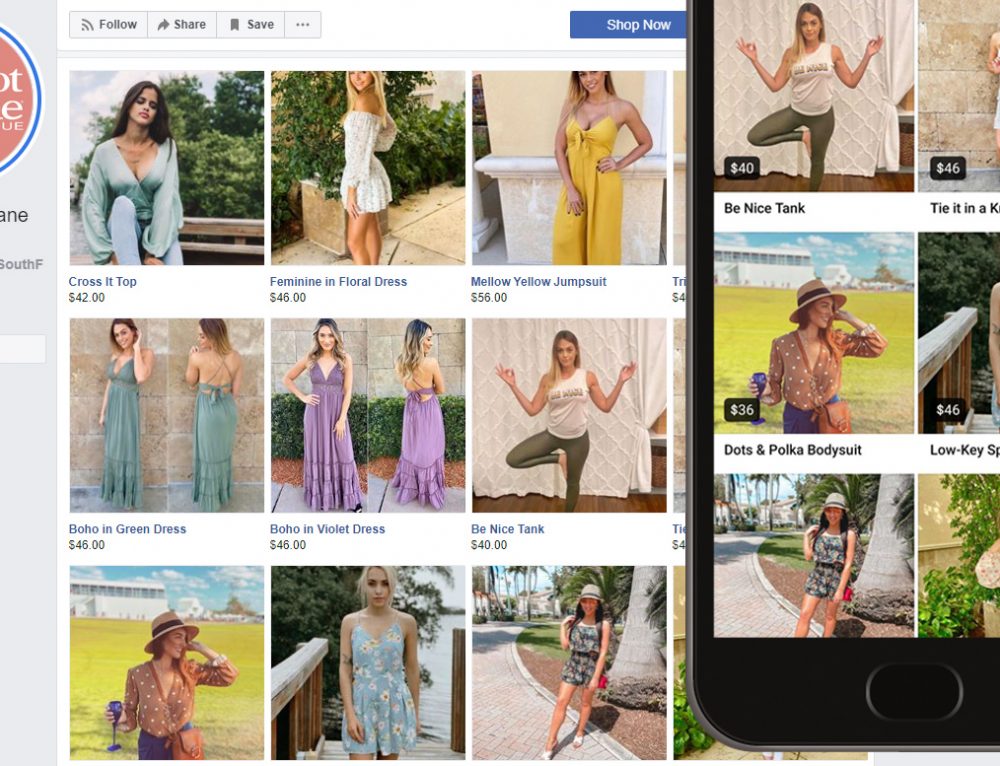
It’s an exciting time to be a local business owner. Thanks to the internet, retailers are now able to reach more customers than ever before. Customers themselves are able to buy from those businesses with ease. You now can purchase a wide range of products while sitting on your sofa, whether that be a new phone case or a diamond bracelets for women – it’s that easy.
Google Shopping is among the most useful tools local retailers have for reaching these customers. Used effectively, Google Shopping lets local and regional businesses go head-to-head with big box and online retailers – and win. Any store has the potential to become a nationwide competitor.
There isn’t just one way to use Google Shopping, either. Here’s what you need to know about the web’s biggest advertising platform for retail businesses and how you can make it work for your store.
Google Shopping Is the Most Popular Ad Platform for Good Reason
Google Shopping’s product listing advertisements have become the most popular ad format for retailers. Research by competitor analysis platform Adthena found that the platform boasts 76.4 percent of all retail search ad spend and is responsible for 85.3 percent of all clicks on Adwords and Google Shopping ads combined. So, why is it so popular? It’s because Google Shopping Ads can increase a retailer’s sales in just 24 hours so it’s the perfect way to boost revenue.
There are several reasons why Google Shopping is so popular with retailers and why local stores should pay particular attention to the platform. The first is visibility. Prominence is the main driver of the Google Shopping platform, according to Adthena VP of Marketing Ashley Fletcher.
Since 2016, Google has displayed a carousel of image-based ads at the top of relevant desktop search results page. Today, if a user searches for something as general as “basketball shoes,” for example, a rotating selection of shoes available for purchase is displayed at the top of the search results page.
As it stands now, searchers can see up to 30 related product ads from multiple retailers at the top of that search page. Mobile users see their own rich ad content, called Showcase Shopping ads, which feature big images of relevant products from both online and nearby retailers.
That means local retailers get slotted in right alongside major brands and national retailers.
Further, the quality of web traffic coming from Google Shopping ads is incredibly high, says Sales & Orders marketing manager Anthony Capetola. This is the second reason Google Shopping is an excellent tool for retailers.
When people are searching for products on Google (and Google Shopping ads are being displayed), this indicates that those users are very close to making a purchase. Either they are in the final stages of research or they are actively looking to make a purchase that day. So, if one of these users clicks through an ad your business is running, there’s a high likelihood that user is at least price-shopping on your site if not ready to buy. It’s a great time to connect with this person.
The data supports this, too. Research by Sales & Orders has found that Google Shopping ads drive 45 percent more revenue, on average, than simple text ads. Brett Curry, CEO of OMG Commerce, reports that he has managed to deliver average returns on ad spends of between 300 percent and 600 percent across all of his company’s managed campaigns. That means every dollar spent on ads translates to between $3 and $6 in sales revenue.
In other words, Shopping ads are a remarkably effective way to market your products. If you really wanted to get serious with it, then you could look into potentially getting Google Shopping Ads Certified, which would surely be a useful skill to have in your wheelhouse. There are even sites online full of exam answers to help you revise so you ace the exam first time and then can make the most of your newly acquired learning.
But Google Shopping is so much more than an ad platform.
It’s a Seamless Customer Experience With Google Shopping Actions
In 2018, Google launched Shopping Actions to turn the channel from an ad platform into a robust e-commerce platform.
Searchers now don’t have to visit individual websites to buy products, as CommerceHub’s Elizabeth Marsten explains. Instead, Google has created a universal shopping cart that tracks purchases on behalf of the network’s retailers. Google even handles the checkout process. Customers can simply add purchases from Google’s search results page.
Shopping Actions is in the early phases of development and only available to certain retailers at the moment. When it is rolled out to more retailers, local stores are in line for some big benefits.
The universal cart makes buying items on Google almost as easy as on Amazon. There’s no need to visit each retailer’s website then add credit card and delivery details several times over. Instead, a single checkout punctuates what is a simple and smooth customer journey.
A smoother shopping experience means customers are more likely to take action, writes Productsup’s Gina Beach. Beach also notes that customers can order through multiple channels, like Google Assistant and Google Voice.
Because customers can order from several stores and only pay once, specialist stores won’t get penalized for specializing. Local stores won’t be penalized for not having a huge range of stock, either.
Local brands also benefit from Google’s power to reassure customers, notes Acquisio’s Chandal Nolasco Da Silva. Because all products are displayed in the same section, local brands can share the brand authority of the larger, better-known retailers they are competing with. What’s more, Google offers a safety net in the form of purchase protection. Customers, then, don’t have to trust shop owners to guarantee a transaction; Google itself will do that.
Perhaps best of all, retailers will have nothing to lose by joining the Shopping Actions platform, says Monica Axinte, VP of marketing at DataFeedWatch. Axinte explains that the platform uses a cost-per-sale model, meaning retailers only pay when a purchase is made. This can be a lower-risk marketing option than CPC or CPM alternatives.

Drive Foot Traffic with Google Local Inventory Ads
Some users don’t want to purchase products online. For them, Google is just a research tool, not a path to purchase.
This is where it’s useful to introduce the term “webrooming.” Webrooming, as journalist Michelle da Silva explains, is “the process of researching a product online before going into a brick-and-mortar store to make the purchase. Essentially, it’s the opposite of showrooming, which is when a shopper browses products in-store but makes the final purchase online.”
These are exactly the kinds of people who brick and mortar stores need to attract. With Google Shopping’s Local Inventory Ads, that’s easier than ever before. Local Inventory Ads show products ads in the search carousel for products stocked at nearby stores. Google will even tell the searcher how far that store is from their current location.
Rob Watson, head of digital advertising at Supplyant, sees these ads a great opportunity for local businesses. That’s because most online retailers who advertise on Google Shopping don’t have physical locations. They are either online stores, or they’re dropshippers without any stock at all.
Local Inventory Ads offer a chance to beat other local stores as well as big box stores, says e-commerce specialist Nicole Santoro. “Winning the local product search battle comes down to being visible when local shoppers search for your products. When customers don’t know that you have the products they want in stock and nearby, it’s easy for them to turn to a shipping giant like Amazon or Zappos instead.”
There’s basically no downside for retailers using these ads, either, explains Steve Costanza, a senior analyst at Sidecar. “Local inventory ads don’t cost any more than regular Google Shopping ads, and consumers who click on them now have an additional pathway to purchase the product: one of your nearby brick-and-mortar stores.”
If you are already using Google Shopping’s Product Listing Ads, it’s worth exploring Local Inventory Ads, as well.
Three Strategies for Local Retailers to Win Big
Google Shopping can be a profitable marketing and sales channel, but it takes work. It requires a fair amount of know-how, too, if you’re going to compete with big-box retailers.
Here are three winning strategies retailers should keep in mind when using the platform:
- Compete on price. Getting your pricing right is key, says Luke Metcalfe at Crealytics. A study by the company found that a 5 percent increase in the price of Asics sneakers resulted in a 60 percent reduction in clicks. A separate study found that cheaper products receive 134 percent more impressions and 280 percent more conversions.
- Have strong images. Your images need to pop, writes HubSpot’s Allie Decker. Google Shopping takes product images directly from your website, so it’s important for your photos to be as clear and enticing as possible.
- Use the geotargeting feature. If you’re trying to drive foot traffic, you don’t want to advertise to people who live so far away that they won’t drive to your store. That’s why making the most of Google Shopping’s geotargeting feature is essential for local businesses, says Crealytics’ founder and CEO Andreas Reiffen.
Furthermore, instead of fully competing with big businesses perhaps a sort of collaboration with them would help local businesses to be successful. Learning how to buy stock in amazon and other large companies could help to get profits from their investments and earn money to put back into their own business, making it an ideal investment opportunity.
Images by: Square, Brooke Cagle,freestocks.org





